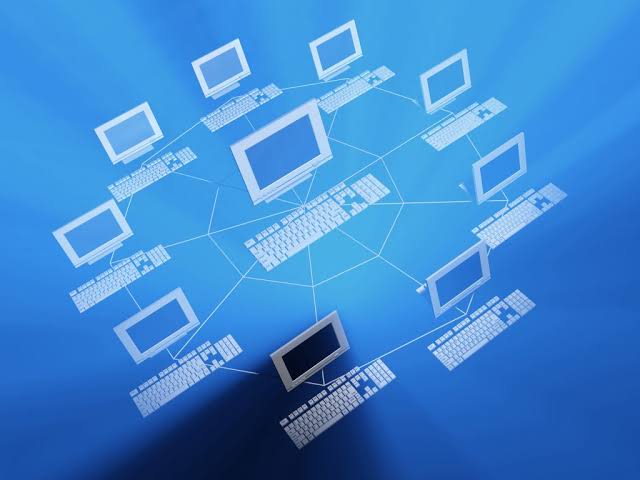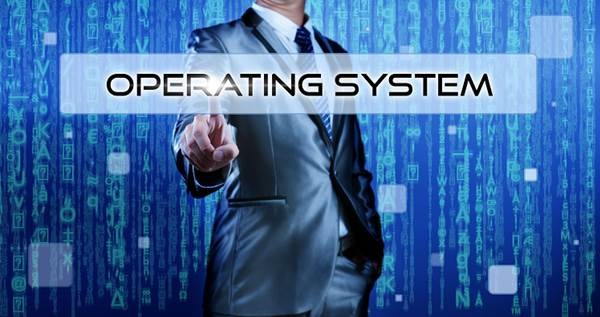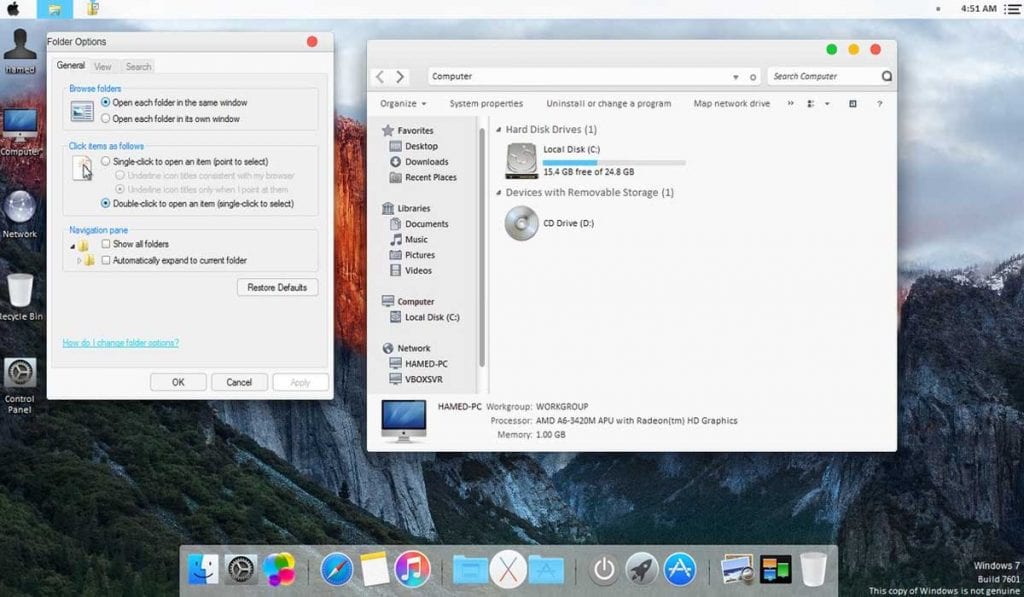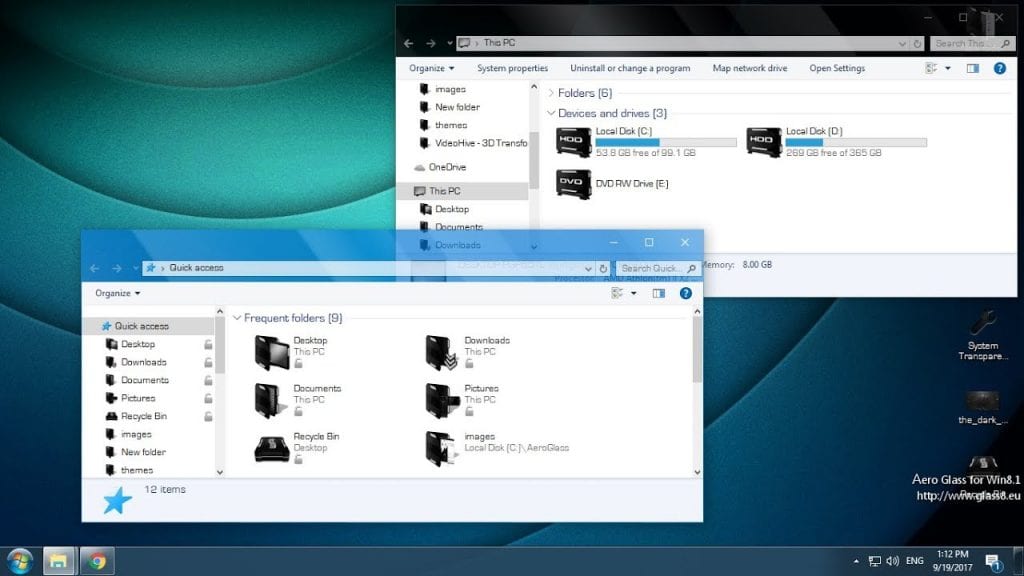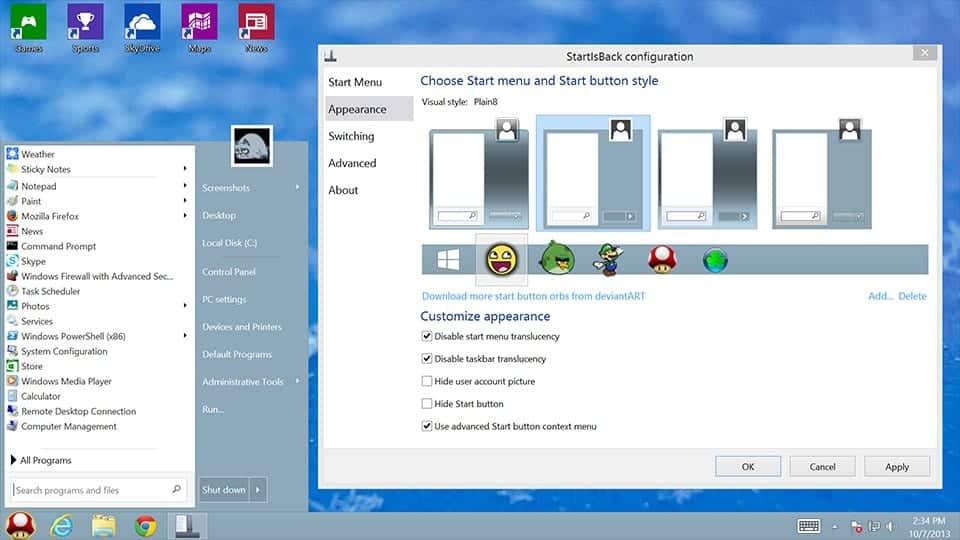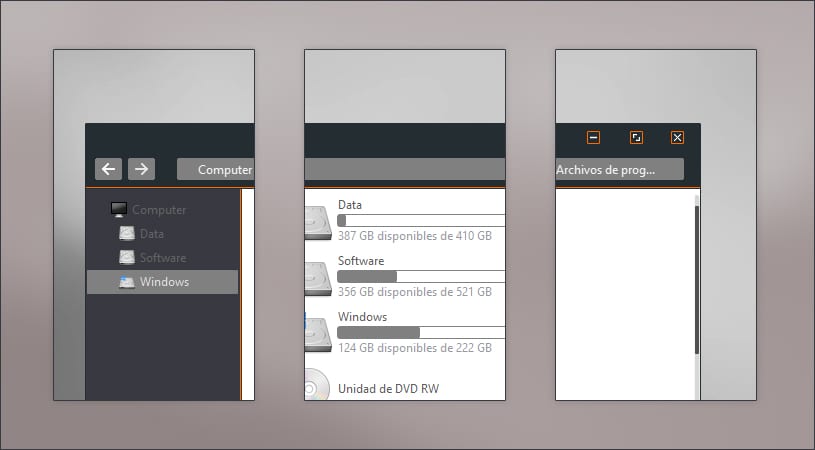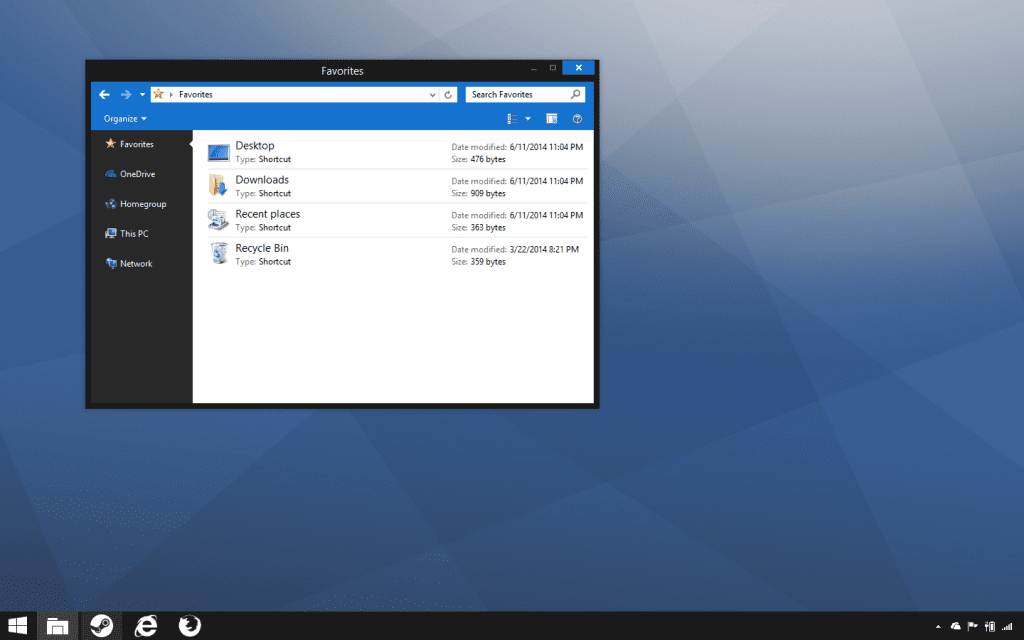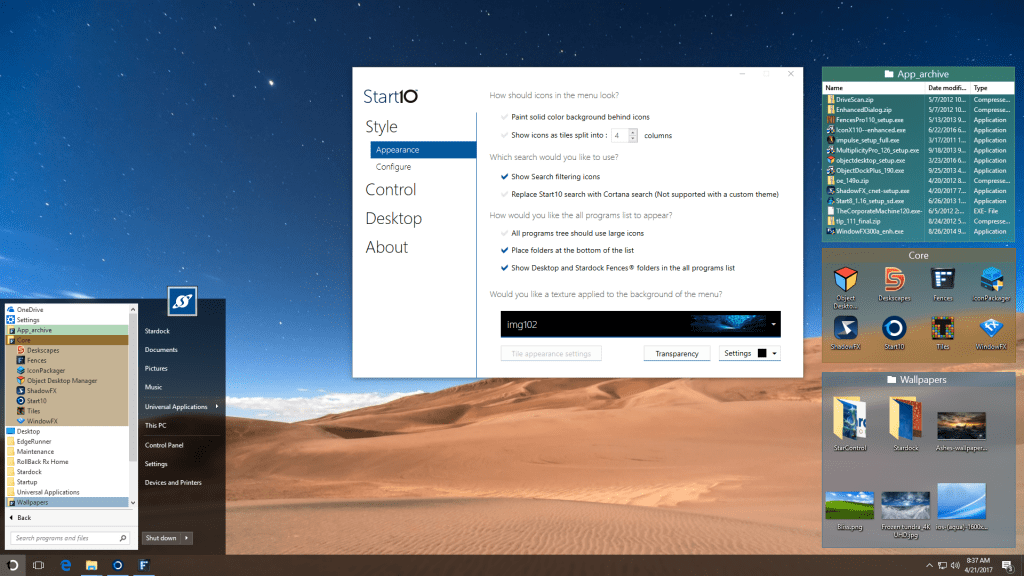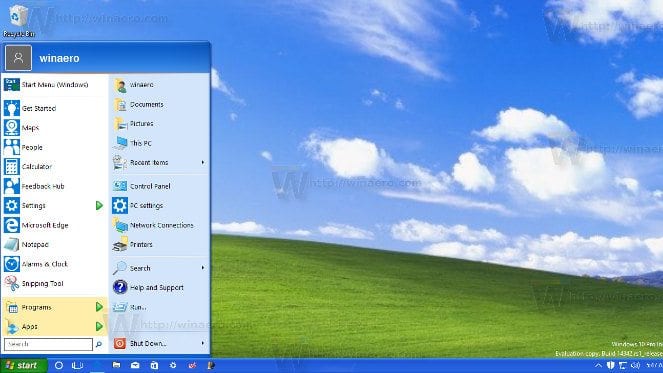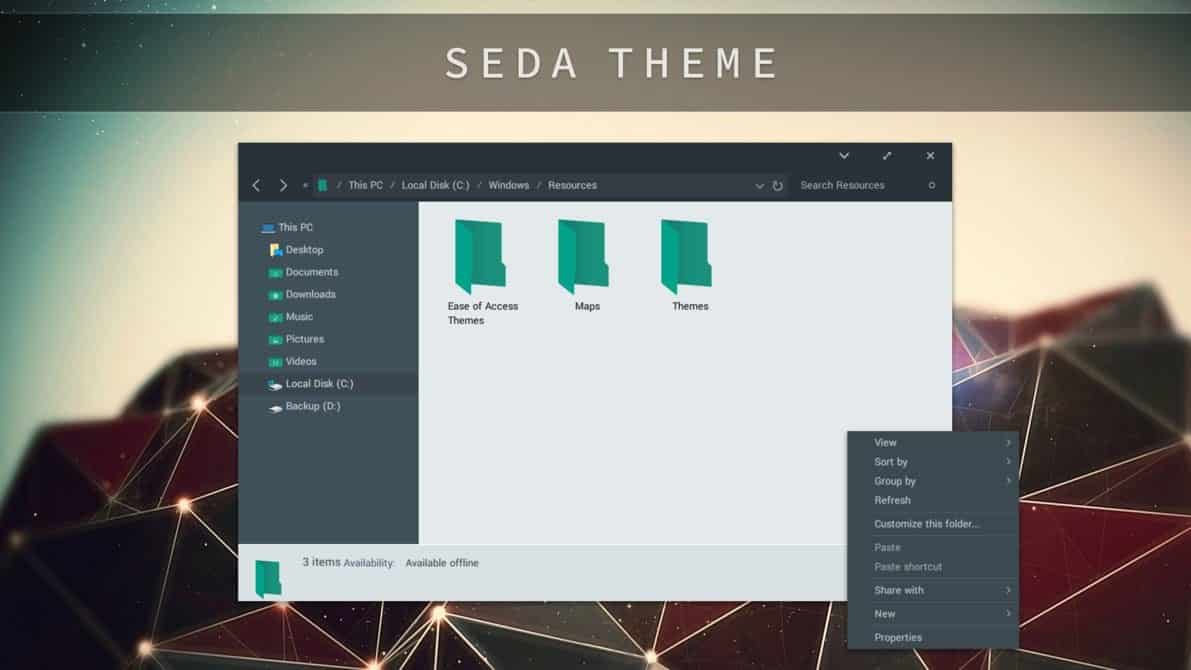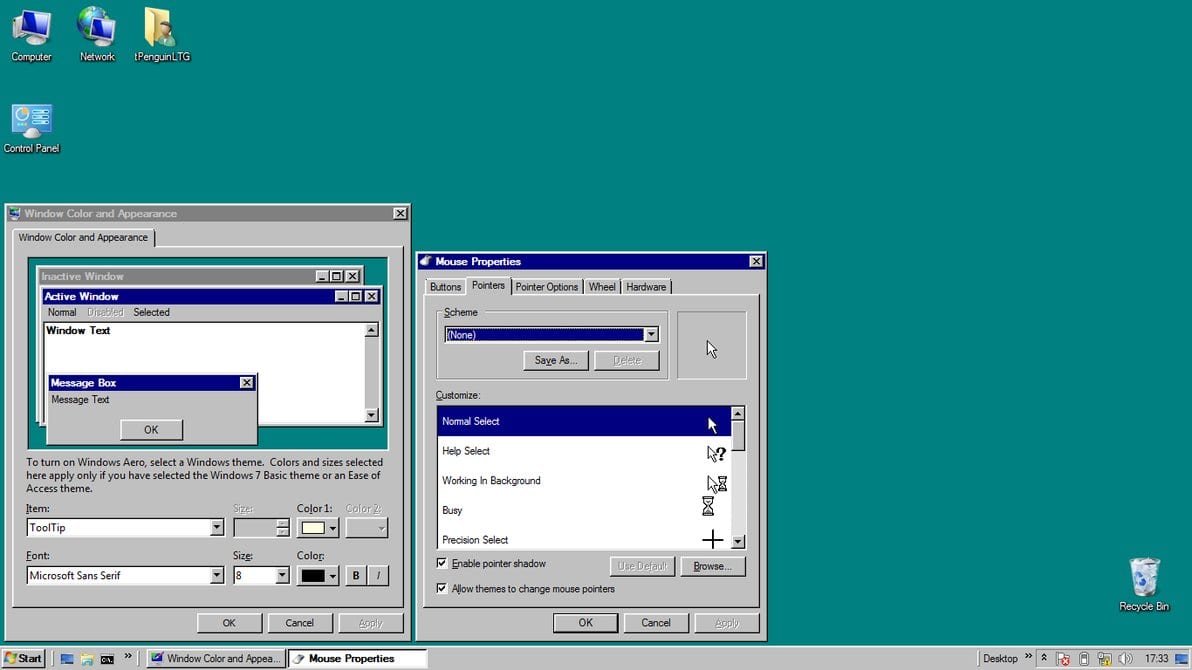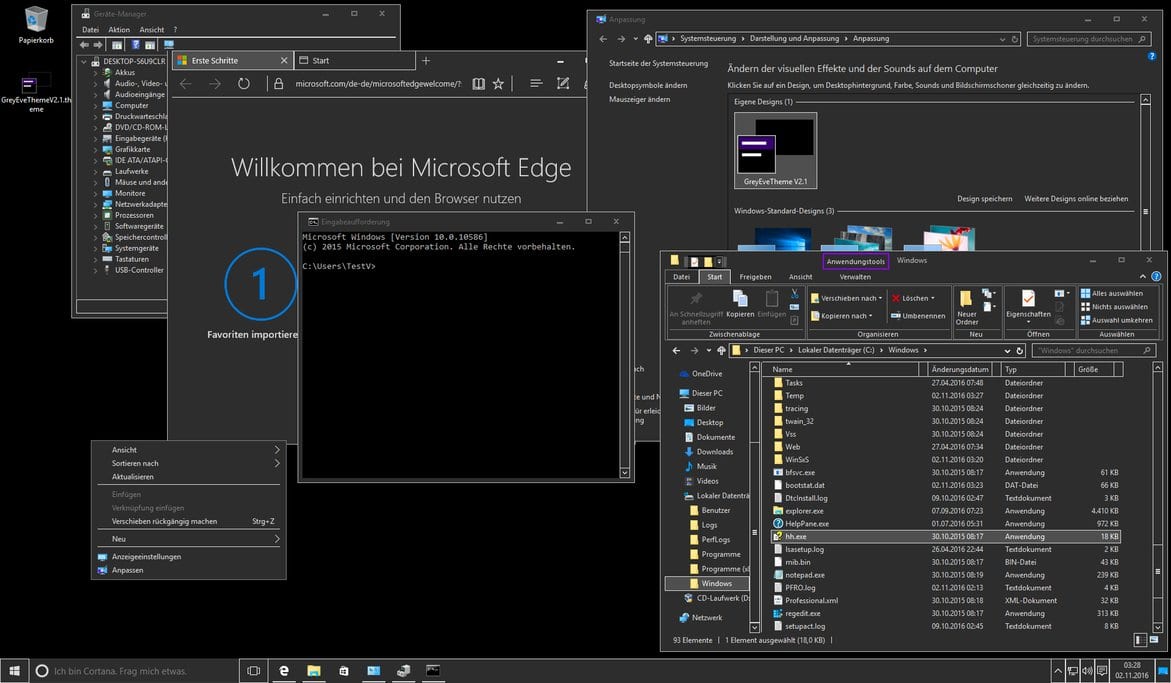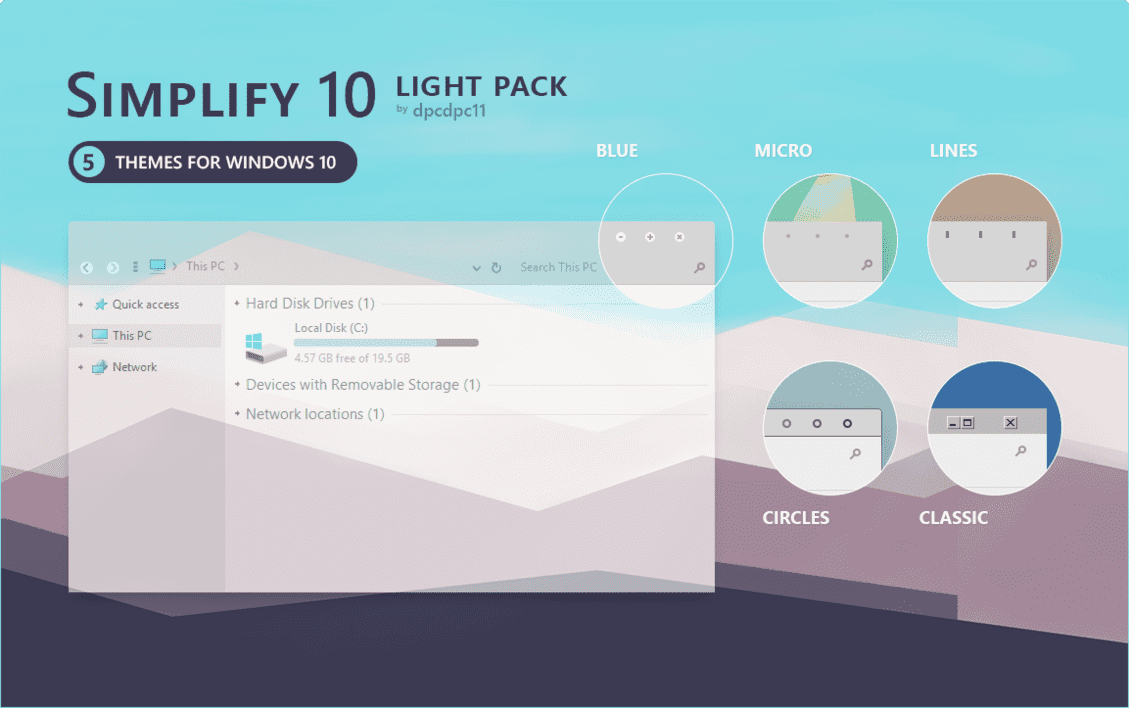Basically binary is very simple, we as people are used to counting in decimal, 1,2,3, etc..., this is known as base 10 as there are 10 numbers in decimal 0,1,2,3,4,5,6,7,8,9 and no 10 is not one of them, to get ten we put 1 and 0 together when we move past 9, we do this in order to count higher, obviously, and once we get passed 9 we go back to 0 move over one space and put on a 1.
0
1
2
3
4
5
6
7
8
9 <- Reached the maximum of our numbers in decimal
10 <- So we move over one place and put on a 1 and start again
11
12
13
14
15
16
17
18
19 <- Again we reach the maximum so we move over one place and add a 1
20
21
..
..
90 <- And so on till we reach 90
91
92
93
94
95
96
97
98
99 <- We’ve now reached the maximum on both numbers so we have to move 2 places over and add a 1
100 <- And the cycle starts again
What we have to remember is that decimal has 10 numbers and is therefore known as base10, binary only has 2 numbers, 1 and 0 and is therefore known as base 2, but what happens when we try and lay out the binary numbers like we did above with the decimal ones?
0
1 <- Already we’ve reached the maximum of binary numbers!
10 <- Like decimal we move over and start again
11 <- So quickly we’ve already run out on both sides
111 <- like the decimal number 1 hundred we move over 2 and start again.
As you can see there isn’t much to binary, lets count to ten in binary to get a little more used to it.
Decimal Binary
----- ----
0 00
1 01
2 10
3 11
4 100
5 101
6 110
7 111
8 1000
9 1001
10 1010
See binary is easy enough and if you leave out the first column you will notice that 4 - 7 look like 0 - 3 and remember its just like going from 9 to 10 in decimal, move over 1 place and add on
A LITTLE CONVERSION
So how do we convert from decimal to binary numbers? Sure you could write out a table like above and check it to get the binary value you want but what if you’re looking for a value for a number like 1275, good look writing a table up to 10011111011 or we could just use the good old repeated division of 2 method. This works by repeatedly dividing the decimal number by 2 and if it’s an even number record a 0, if its an odd record a 1. Say for example we wanted to convert 57 to binary:
2/57 remainder = 1
= 28
2/28 remainder = 0
= 14
2/14 remainder = 0
= 7
2/7 remainder = 1
= 3
2/3 remainder = 1
= 1
2/1 remainder = 1
= 0
Now if we put those remainders alongside each other starting from the bottom up we get 111001, which is 57 in binary.
THE LOGIC GATES
Well binary is nice and easy to all but if that’s all that a computer understands then how does it go from that to a word processor or an entire operating system. Well we build up these complicated tasks using simple logic gates and Boolean algebra, Boolean algebra was created by George Boole in Ireland in the 1800's, The gates provide a way to make decisions and more complex tasks are built upon them. These gates accept input of Binary numbers and their output is based on the type of gate and what input was involved. There are three simple gates.
The simplest of all the gates is the NOT gate, it just takes a binary value of either 1 or 0 and gives back the opposite. The NOT gate is symbolized by the operator '~'. Consider the following.
A | Q
------+-------
0 | 1
1 | 0
~0 = 1
~1 = 0
This table shows all possible inputs and outputs of the NOT gate, this kind of a table is known as a 'truth table'.
The AND gate unlike the NOT gate doesn’t take just one input (A) it take at least 2 (A,B), its symbol is '&'.
A B | Q
-------+------
0 0 | 0
0 1 | 0
1 0 | 0
1 1 | 1
0 & 0 = 0
0 & 1 = 0
1 & 0 = 0
1 & 1 = 1
As you can see from the truth table above, the output of a AND gate is only equal to 1 when both A AND B are equal to 1, this is the following.
If A = 0 and B = 0 then Q = 0
If A = 0 and B = 1 then Q = 0
If A = 1 and B = 0 then Q = 0
If A = 1 and B = 1 then Q = 1
A B | Q
-------+------
0 0 | 0
0 1 | 1
1 0 | 1
1 1 | 1
0 | 0 = 0
0 | 1 = 1
1 | 0 = 1
1 | 1 = 1
The OR gate outputs a value of 1 if either A OR B OR both are equal to 1
If A = 0 and B = 0 then Q = 0
If A = 0 and B = 1 then Q = 1
If A = 1 and B = 0 then Q = 1
If A = 1 and B = 1 then Q = 1
NEGATED GATES
There are 2 Negated Gates, these are the NOR and NAND gates. Basically these gates act like an OR and AND gate only there output is the opposite.
The truth table of a NAND gate is as follows
A B | Q
-------+------
0 0 | 1
0 1 | 1
1 0 | 1
1 1 | 0
Notice that it is the opposite of an AND gate.
0 & 0 = 0, ~0 = 1
To wrap this up a bit better we use brackets ()
~(0 & 0) = 1
~(0 & 1) = 1
~(1 & 0) = 1
~(1 & 1) = 0
Now the result of the calculation in the brackets is negated.
A B | Q
-------+------
0 0 | 1
0 1 | 0
1 0 | 0
1 1 | 0
~(0 | 0) = 1
~(0 | 1) = 0
~(1 | 0) = 0
~(1 | 1) = 0
THE EXCLUSIVE GATES
The final 2 Gates remaining are the XOR (eXclusive OR) and XNOR (eXclusive NOR) gates. Here they are.
THE XOR GATE
The logic behind this gate is that if either A or B is equal to 1 but not both then the output is equal to 1, here is its truth table.
The logic behind this gate is that if either A or B is equal to 1 but not both then the output is equal to 1, here is its truth table.
A B | Q
-------+------
0 0 | 0
0 1 | 1
1 0 | 1
1 1 | 0
The gate is constructed as follows.
(A & ~B) | (~A & B)
(0 & ~0) | (~0 & 0) = 0
(0 & ~1) | (~0 & 1) = 1
(1 & ~0) | (~1 & 0) = 1
(1 & ~1) | (~1 & 1) = 0
THE XNOR GATE
The XNOR gate is simply the opposite of the XOR gate, its truth table looks like the following.
The XNOR gate is simply the opposite of the XOR gate, its truth table looks like the following.
A B | Q
-------+------
0 0 | 1
0 1 | 0
1 0 | 0
1 1 | 1
It’s kind of like ~((A & ~B) | (~A & B)).
This is a good time to point out something about Boolean algebra, remember that ~ changes the value of an input to its opposite, therefore ~(~A) = A and the 2 ~'s simply cancel each other out.
So XNOR becomes (~A & B) | (A & ~B).
BINARY ADDITION
So we all know how to add decimal numbers (i'm presuming), its easy.
1 1 1
+ 1 + 2 + 3
--------------------------------
= 2 = 3 = 4
But how do we add in binary? Easy watch this
0 0 1 1
+ 0 + 1 + 0 + 1
----------------------------------------
= 0 = 1 = 1 = 10
That’s fine but with 1+1 we get a carryover that we have to deal with. So we add an extra space to handle the carry.
0 0 1 1
+ 0 + 1 + 0 + 1
---------------------------------------
= 00 = 01 = 01 = 10
Lets write a truth table to handle this data.
A B | CO Q
-------+--------
0 0 | 0 0
0 1 | 0 1
1 0 | 0 1
1 1 | 1 0
Notice the new column on the truth table for the carry out (CO). We now notice that CO and Q and familiar, C0 is the same as an AND gate and Q is the same as an XOR.
A & B = Q
(A & ~B) | (~A & B) = CO
That’s fine for adding single bit numbers but what if we want to add 2 8-bit numbers? In this case were going to need a component called a full binary adder. Once we create the full adder we can put 8 of them together to form an 8-bit or byte-wide adder and move the carry bit from one adder to the next.
The main difference for us between the first adder and this full adder is that we now need a third input called a Carry-In (CI).
Here is the truth table for the full adder.
A B CI | CO Q
-------------+--------
0 0 0 | 0 0
0 0 1 | 0 1
0 1 0 | 0 1
0 1 1 | 1 0
1 0 0 | 0 1
1 0 1 | 1 0
1 1 0 | 1 0
1 1 1 | 1 1
If we examine the output you’ll realize that the top 4 numbers for C0 look like an AND gate for A and B and the bottom 4 look like an OR gate for A and B, while top 4 of Q look like an XOR and the bottom 4 like an XNOR gate.
By putting those gates together we could form a form a more complicated and useful circuit such as the adder and that’s how a computer builds up from a series of 1's and 0's to addition.
Well in this tutorial we looked at Logic Gates and how they perform functions on binary numbers, Gates can be used to build up much better and sophisticated functions such as loops and comparisons, used together these can easily perform multiplication and division and we can use these in everyday equipment, from washing machines and microwave ovens to motion sensitive cameras and pc's.
Follow @Elitcode on Twitter or Like our Page on Facebook
Follow @Elitcode on Twitter or Like our Page on Facebook

































